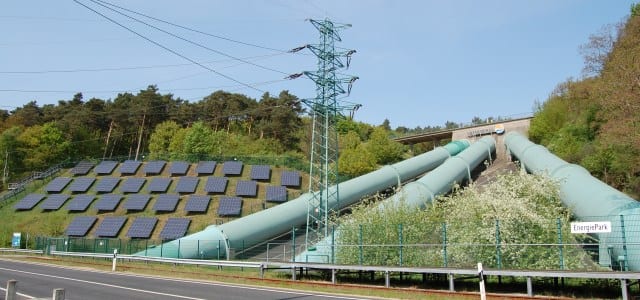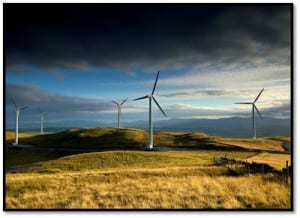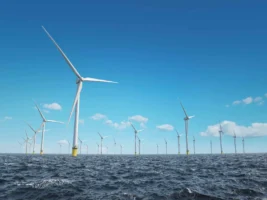A new study backed by the Australian Renewable Energy Agency will map Australia’s potential for pumped hydro energy storage, in an effort to use one of the world’s oldest sources of renewable energy to accommodate more and more “new” energy technologies, like solar and wind.
ARENA said on Wednesday it would provide $449,000 of funding for the Australian National University (ANU) to map potential short-term off-river pumped hydro energy storage (STORES) sites around Australia.

Frischknecht says the ANU study will help identify suitable locations for more pumped hydro, while establishing just how cheap, efficient and effective it can be in providing large-scale, reliable, clean energy storage that can feed into the grid on demand.
The Atlas of Pumped Hydro Energy Storage Study will see ANU partner with ElectraNet and VTara Energy Group to develop a blueprint and cost model to integrate the technology into the electricity grid on national, state and regional levels.
Professor Andrew Blakers from ANU said the low cost and technical maturity of STORES could allow solar photovoltaic and wind energy to reliably reach penetration levels above 50 per cent and push towards 100 per cent renewables.
“Water is constantly flowing between the reservoirs to balance supply and demand, and STORES has the potential to support grid stability through inertial spinning reserve and very fast ramp rates from zero to 100 per cent in minutes,” Professor Blakers said.
As distinct from large-scale, on-river hydro, pumped hydro uses two reservoirs, separated by an altitude difference of between 300 – 900 metres and joined by pipe. Water is circulated between the upper and lower reservoirs in a closed loop to store and generate power.
Currently there are only three large-scale pumped hydro facilities in Australia to date, in Queensland and New South Wales, that have been operating for more than 30 years: Shoalhaven (240 MW), Wivenhoe (500 MW), and Tumut 3 (600 MW).
But according to ARENA CEO Ivor Frischknecht, there are “potentially hundreds of smaller, environmentally suitable, off-river STORES scale sites” waiting to be developed around the country.
One such site has already been identified by Sydney start-up Genex Power, at a disused open pit gold mine in Queensland.
The company, also with support from ARENA, is currently looking at the feasibility of using two former mine pits for a huge pumped hydro power station, that would be used to store the power from a 200MW solar farm. The result would be Australia’s biggest renewables-based energy storage project.
According to Blakers, a possible STORES site has already been identified in South Australia, with an altitude difference of up to 600 metres in the hills to the east of Spencers Gulf.
“This site could support the development of solar and wind resources in the area,” Blakers said on Wednesday.
Chairman and CEO of VTara Energy Group Dr Clive Stephens said energy storage was increasing in importance as renewable energy penetration increases.
“Pumped hydro is the cheapest form of large scale storage. Off-river pumped hydro can support the electricity network and can be co-located with wind and solar for added benefits,” Dr Stephens said.
The study, which is due to finish in June 2018, will provide regular progress reports.










